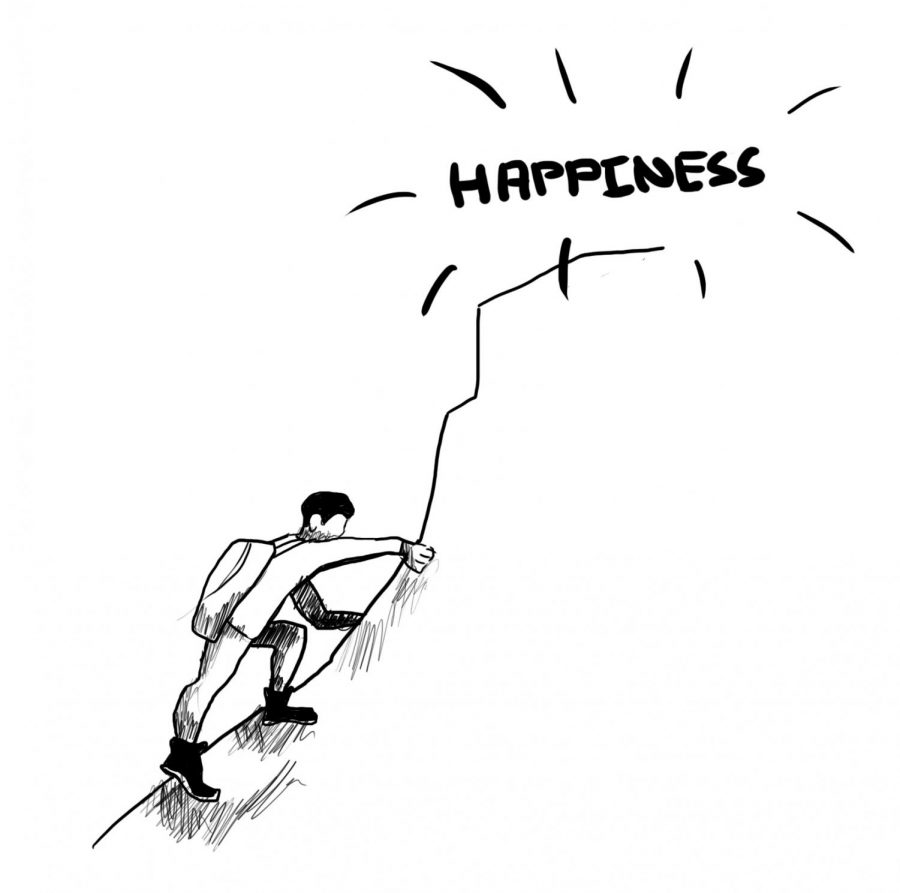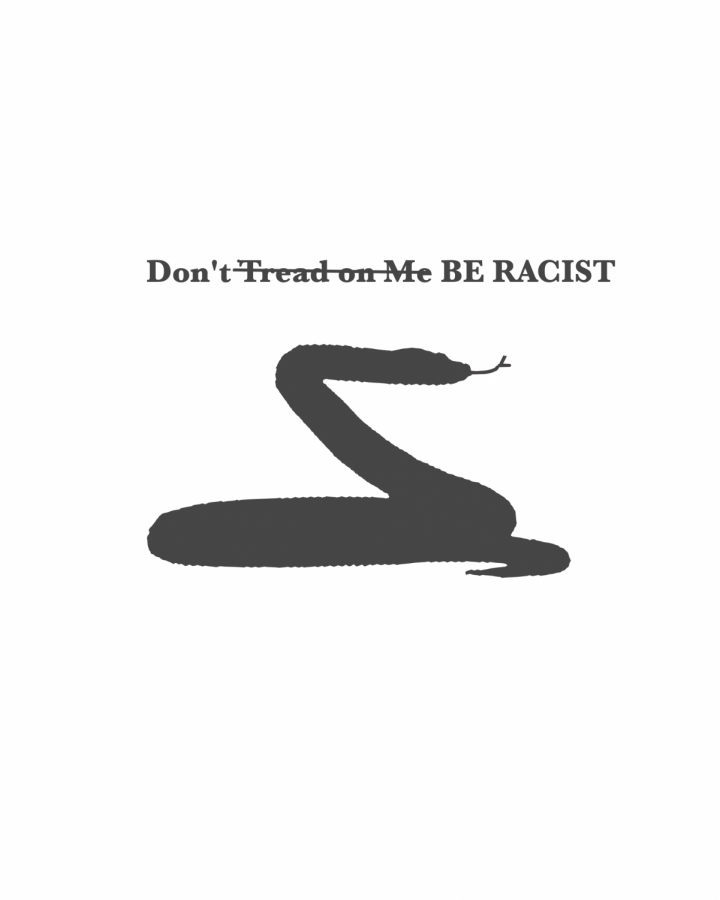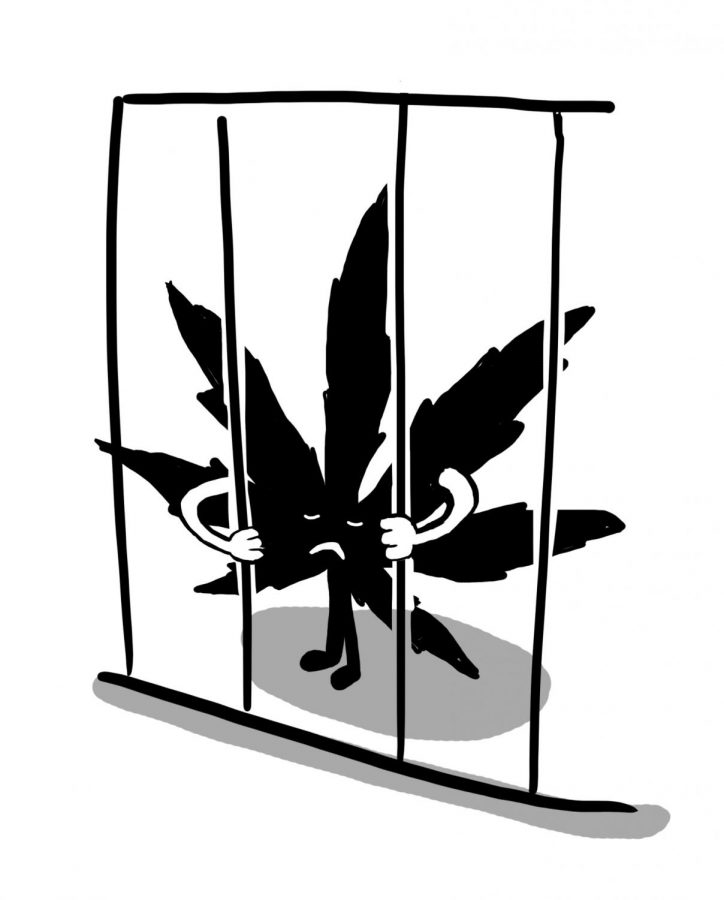Freshmen, transfers: Welcome to Whitman College. This college is a great place, one where you will make friends to last a lifetime and take classes that alter your worldviews. But put all of the praise that you’ve been hearing aside for a second, and let me tell you something you probably haven’t heard as often: Whitman is not a perfect institution.
In this column and following installations, I will discuss some of the more pressing problems at Whitman and offer potential solutions. It is my hope that both students and the Whitman College administration will find my suggestions agreeable; my opinions in The Pioneer, after all, reflect a concern with Whitman’s student affairs policies and a belief that they should change. At the very least, I invite readers to use this column as a forum to engage in a substantive debate about our college and how it might better serve students and the Whitman community at large.
A shift in the course loads assigned to professors has resulted in increased class sizes and fewer classes offered at Whitman. Prior to this academic year, professors taught six courses annually, three in each semester. Whitman faculty voted in the fall of 2009 to approve a reduced five course load. The shift, they argued, makes Whitman a more attractive institution to new faculty members; many of Whitman’s peer institutions assign similar five course loads to their faculty. In addition, the prior six course requisite for professors did not take into account their huge research burden or the amount of time they had to spend working outside of class. A reduced course load ensures that current professors can fulfill their many job responsibilities without being spread too thin.
The benefits of the shift to “3-2 course loads,” as they are called, have yet to be fully revealed. But the negatives, from a student perspective, are painfully obvious: a “reduction in the number of course sections per semester by 17 percent,” as reported by The Pioneer last year; increased class sizes; and, at least in my experience, difficulty registering for sought-after courses with small enrollment limits.
In an ideal world, Whitman’s administration would hire more faculty to reduce class sizes and expand course offerings. But at least in the short term, that’s not a feasible option. Expanding the workforce at Whitman would likely be unaffordable, and, even if it weren’t, it would take a long time to identify and hire qualified professors.
In the meantime, there needs to be some compromise between the interests of students and the interests of Whitman faculty. So why not expand the college’s course selection by expanding the one-credit interdisciplinary lecture series currently offered just once or twice a semester? This year, John MacAloon, an anthropologist and Olympic Games scholar from the University of Chicago, is serving as the O’Donnell Visiting Educator. Registration for his two-week lecture series filled up within a day of its offering. Were similar courses to be offered by Whitman faculty in their fields of specialization, I believe that students would register for them with similar enthusiasm. Faculty would be tasked with teaching shorter, less demanding classes while Whitman students would have more opportunities to earn credit in academic courses and explore majors and disciplines.
This plan would have to be carefully thought out to avoid any potential pitfalls. If Whitman suddenly offered a plethora of relatively undemanding classes, for instance, could its standing as a college diminish? Perhaps registration for such classes could be capped to one or two credits per semester. Would these courses increase the burden on Whitman’s professors? My hope is that professors would see the lectures as exciting opportunities to present their independent research to the student body. How would professors be paid for these new classes? The O’Donnell Lectures are sponsored by an endowment, so a new source of funding would have to be identified.
Ultimately, the 3-2 issue boils down to some very basic questions about Whitman’s status as an elite liberal arts college: Can entering freshmen truly explore their interests when course choices are now so constrained? Can discussion-based classes previously taught to 20 students be successfully translated to rooms packed with 40 students? What does this shift mean for Whitman’s future? My hope is that the administration comes up with satisfactory solutions to these problems before irreparable harm is done to Whitman’s reputation.




Professor X • May 7, 2011 at 9:19 am
Unfortunately, students have not been informed of all the studies conducted prior to the 3-2 transition. This is probably due to poor leadership and lack of communication on the part of faculty and administration. First, I would like to point out the extraordinarily high enrollment this year that created pressures that were not anticipated when we transitioned to 3-2.
Second, I would like to point out that the nature of professor’s work has changed from the time your parents were students. I spend on average 2 hours a day answering student emails as well as colleague emails. These tasks add a layer to a professor’s job that was not there 20 years ago. I receive 100-150 emails a day and at one point this semester, I was no longer able to answer the 15 student emails I was receiving a day when assignments were due. These emails asked complicated questions that should have been answered in office hours, but students are choosing this format instead. I anticipate this will grow worse in time taking more time from teaching and research. Third, when we were 3-3 the surveys found that we were working on average 60 hours a week and female professors like myself were working about 10 hours more than male colleagues. In my own field, I could be making 3 times the money in the private sector and work less hours. Here is the rub. Fourth, Whitman’s teaching load was not comparable to the schools it aspires to be. That means, attractive faculty members are likely to take jobs at Whitman’s competitor schools rather than Whitman because the package will be more attractive. The Dean/Provost of Faculty has to sell this place to candidates and was having a tough time of that. Case in point: Economics has run job searches for three years in a row trying to find candidates that would accept the job because Whitman is that unattractive to people in their field. I am sure location plays a huge role in making Whitman a hard sell, a more attractive work load assists in attracting talented faculty. We have lost faculty members each year (this year alone 3 tenure track women are leaving). Retention of faculty is increasingly an issue at Whitman and the Dean of Faculty knows this. Fifth, our pay is significantly lower than other schools in the panel of 14, making those schools’ lower work loads and higher pay even more attractive to a candidate. Lastly, can someone explain why we still have so many open seats in our classes (classes that normally close when we taught 3-3) if conditions are that bad out there? I have increased the caps in all my courses to accommodate students; I even let everyone on my wait list into my course, and not all chose to add it in the end because they had “shopped” for something else. I also do not think that any college or university can promise Freshmen that they will get their first pick of courses in year one of college. The college’s long term goal is to hire more faculty lines; this is the capital campaign that will begin in the Fall I believe. This will address any long term issues, but this academic year enrollment pressures brought issues to the fore that were not anticipated. As a professor though, the 3-2 transition gives me more time to address the concerns of students, answer their emails, serve the college on its committees, as well as conduct the research needed for promotion.